Ninewells nurse Stacey Drummond fears many people who have been diagnosed with schizophrenia may actually have had a physical ‘Brain on Fire’ illness that can be cured.
Stacey, 33, has bravely opened up on her “seven months of hell” after contracting anti-NMDA receptor encephalitis.
In the first of a two-part feature, The Courier reported that from February 2022 Stacey suddenly began experiencing seizures, memory loss and became unusually aggressive.
Initially doctors thought it was a mental health issue so she was sectioned at Carseview for three weeks amid hallucinations and paranoia.
But it was actually the treatable neurological condition anti-NMDA receptor encephalitis that features in the Netflix film Brain on Fire.
Stacey, who lives in Douglas, was fortunate to have the support of parents Grant and Maureen, sister Nicola, brother Craig and niece Madison.
Without their persistence she fears the condition would have gone undetected and she would have been an assumed schizophrenic, spending the rest of her life in a mental institution.
“If a family member doesn’t have anybody around them with this disorder, who can’t push for questions, then they are definitely going to stay in a locked facility,” Nicola said.
The second and final part of this feature covers the period from April, when Stacey was finally given the correct diagnosis.
During this time she was handcuffed by police during a lengthy stay at a Ninewells high-dependency ward and “put to sleep” on a ventilator.
Because of Stacey’s memory loss much of the story is told by Nicola.
It is in the following sections.
- Diagnosis, eating obsession and handcuffs
- Cancer treatment, ventilator and surgery
- Sectioned again, ‘worse than Brain on Fire’
- Schizophrenia and future
Diagnosis, eating obsession and handcuffs
In early April 2022, after two months of seizures and erratic behaviour that led to her being sectioned, Stacey Drummond was discharged from the Carseview Centre.
Three weeks into her stay at the mental health institution, Ninewells staff revealed that they failed to spot something significant in previous tests.
Medics now detected fluid from a lumbar puncture and an abnormality in blood tests.
They diagnosed her with anti-NMDA receptor encephalitis and stated that there had only ever before been one such case at Ninewells, eight years ago.
Stacey’s own immune system was creating antibodies that were attacking the receptors, called NMDAs, around the brain.
She was put on steroids and her family were assured that, given time, she would recover.
But more pain was to come.
‘Couldn’t remember Covid’
Stacey became extremely aggressive within a couple of days of being put on a steroid drip.
There was also no sign of an end to her irrational behaviour, or any indication that her memory would return.
Meigle resident Nicola said: “Me, my mum and dad would visit her and she would talk about bombs and be ducking in the room and say ‘someone’s coming’.
“She went on about bird flu for a long time and said that everybody’s going to die.
“She would ask why we were wearing masks and we would have to tell her about Covid because she couldn’t remember it.
“There would be times we would go in the room and ask us who we were. She would have no memory.
“Stacey would get aggressive and lash out or hit or punch us as she didn’t know who we were.
“She would become so paranoid that we were keeping her in the hospital for no reason, that there was nothing wrong with her.
“We would watch her in her bed as she got worse on a daily basis.”
‘Barricaded’ into her own room
Stacey was on a two-week course of steroids at three times the standard dose.
Combined with her terrible memory it was a recipe for havoc.
“She developed extremely high food drive because she had a five-minute memory and couldn’t remember eating,” Nicola said.
“She thought the hospital were starving her so it got to the point we were constantly feeding her because she didn’t remember.
“It was a constant battle with food, which is where extreme aggression started towards staff in the hospital.
“Stacey would punch, she would hit, she would not remember going for cigarettes.
“We would spend eight hours going back and forward, and taking photos.
“There was no telling Stacey because of her mindset but she was angry, saying we were lying.
“It got to the point that the food cart would come into the hospital and she would run after it and try to break in.
“I would sit there and tell her she had just eaten but she would go for the door and I would have to barricade it shut.
“She couldn’t be left alone.
“She got out of the room one day.
“She somehow remembered she worked in ward 10 and they called ward 22 to say that Stacey was there, and not in a right frame of mind.
“They phoned us and said they can’t find her so they decided she had to have 24-hour care in the room. Somebody had to watch her.
“We needed to see the funny side because we were there all day with Stacey and if you don’t laugh you’ll cry.”
‘She had to be handcuffed’
Even so, cracking a smile was difficult when she became particularly aggressive and the police were called.
“I tried to hold her in the room but Stacey became really strong on the steroids so she got down the room and down the hospital,” Nicola said.
“The sedation wasn’t working because she had had so much of it and her body had become immune to it.
“Two police officers came up and they could barely restrain her in the room. She had to be handcuffed.
“She had to go out for another MRI scan but this was impossible with how she was.
“They told me to keep my distance but I was trying to control her.
“She caught me right in the eye and I was lying on the floor with police officers there.
“Police had been called a couple of times with Stacey’s behaviour and they said it was pure evil.”
Cancer treatment, ventilator and surgery
By now it was May. Something had to be done because the situation was unsustainable both for Stacey’s family and Ninewells staff.
That night, Nicola researched the disorder and discovered an American, Amaya Ontiveros, also had anti-NMDA receptor encephalitis.
She contacted her father Robert Ontiveros, who had documented Amaya’s story on YouTube.
“Stacey’s case was identical to his daughter’s situation,” Nicola said.
“He has been in touch regularly.”
In their conversations, Robert told Nicola that Amaya’s condition had been improved by a rituximab injection, which is used to treat cancers such as lymphoma and leukaemia.
She asked doctors about using rituximab and the response was that this would be the ‘third line’ stage of treatment that hadn’t yet been reached.
The first line was steroids and the second line was an immune drip, which had recently begun.
Persuaded by a McDonald’s
Instead, Stacey was put ‘to sleep’ on a ventilator so her mind could rest and more tests could be better carried out.
This required an un-sedated transfer to the intensive care ward by foot, which took 90 minutes and was only achieved by a team of two police officers, six doctors and Nicola promising that the destination was McDonald’s.
The following day, Nicola received a call saying that an MRI scan had detected a non-cancerous teratoma tumour on Stacey’s ovary.
She recalled that Amaya Ontiveros had the same tumour at the same place. It is common for tumours to accompany anti-NMDA receptor encephalitis.
The 4.6cm lump was removed in a five-hour surgical procedure.
After three days in intensive care Stacey was transferred back to the high dependency unit, where she would remain for four weeks.
‘I was trapped inside my own body’
For the next fortnight Stacey was unresponsive.
Her eyes weren’t following visitors around the room and she was unable to produce any movement.
Horrifically, she can actually remember this period.
“It was like being trapped inside your own body, unable to speak,” Stacey recalled.
“I could see people but couldn’t do anything. I couldn’t move.
“I was aware. I tried so hard to squeeze someone’s hand or move my leg to let people know I could hear.
“I was absolutely terrified. It was like being trapped in hell. It was horrendous.”
‘Forgotten’ how to talk
Stacey’s family couldn’t understand why she had plunged even further downhill but they were told that the condition typically gets worse before it gets better.
The infection had affected her receptors and caused her brain to “forget” how to breathe, walk, talk or respond.
Her immune system was unable to fend off the damage so she underwent plasmapheresis, which involved going on a machine four hours a day to remove and replace plasma from her blood.
A few weeks later, Stacey was finally making some progress.
Nicola recalled: “We visited her and she was talking away.
“It was like having the old Stacey back. She had lots of questions.”
She started getting out of bed so she returned to ward 23.
But the erratic behaviour returned so Nicola asked if Stacey could have rituximab.
A doctor initially said it shouldn’t be taken for eight weeks but managed to get a licence and put her on a six-hour drip that day.
Sectioned again, ‘worse than Brain on Fire’
There were now a mixture of good days to accompany the bad ones.
But the latter were sufficiently regular – police were still being called to deal with Stacey’s aggressive behaviour – and further action was required.
Because hospital staff were unable to cope, she was again sent to Carseview, this time sectioned under a community order.
Here she made further improvements, meaning the steroids could be reduced, which in turn diminished her aggressiveness and food drive.
By July her memory had returned and the following month she was allowed to return home.
Stacey opted to stay with Nicola in Meigle for a short period to help her get better.
Gradually her old personality has returned but she can only remember small patches of the five months from February.
She said: “I have a few flashbacks of thinking staff were continuously being horrible to me.
“But as I got better I realised that wasn’t the case at all. They were amazing.”
Stacey is expected to make a full recovery.
‘She lay on the bed and said she was going to die’
During Stacey’s time in Carseview, Nicola was told about the Netflix film Brain on Fire, which is about a woman also suffering with anti-NMDA receptor encephalitis.
“I got home one night and found it hard to watch,” Nicola said.
“When I asked friends about it they were like, ‘it was a bit dramatic, there’s no way that’s true’.
“I’m like, ‘Really? You think it’s dramatic? It doesn’t even get everything in there’.
“The film is upsetting but it doesn’t get everything in there that it should.
“The film is like Stacey’s life. The girl sees things and it slows down like The Matrix.
“She is locked up in a mental institution but she is there for a year without a diagnosis.
“The film was exactly what we were going through with Stacey.
“There is a point in the film when the girl and says, ‘I’m scared, I don’t know what’s happening to me’.
“And I remember Stacey lying in bed saying the exact same thing.
“I got emotional in hospital and in the early stages she lay on the bed and said she was going to die.
“I would sit on the bed and said you’re definitely not going to die. She was convinced she would die.
“There was one occasion when Stacey was in intensive care and me and my dad didn’t speak all the way home in the car.
“We thought, ‘This is it – this is how its going to be’.
“For any family to watch, witness and go through that… it was a living hell.”
Stacey added: “Watching it was horrific but the film doesn’t portray quite how bad it is.”
Schizophrenia and future
A key reason that the Drummonds wanted to go public was over concerns, based on their experiences, that cases of schizophrenia are being misdiagnosed, with patients actually suffering from the Brain on Fire disease, anti-NMDA receptor encephalitis.
“If a family member doesn’t have anybody around them with this disorder, who can’t push for questions, then they are definitely going to stay in a locked facility,” Nicola said.
“We were pushing so hard when Stacey was first put into Carseview to retest and recheck because something wasn’t right.
“If nobody has a family member with them and you don’t know the signs you could stay there because it just looks like a mental breakdown.
“It’s so hard to detect and through my research, it appears that if it is left for a number of years then there is no reverting back and you will stay in that state of mind your whole life.
“More needs to be done for the disorder.
“It was constantly labelled a mental health issue and you just think that if maybe doctors and hospitals knew more about the condition it wouldn’t have been.”
The condition is primarily found in women, and usually caused by herpes, a cold sore or a teratoma tumour.
“If Stacey didn’t have any family – no mum, dad and sister – to push for her, to fight for her, you think ‘how would they know to do tests’?”
‘I want to move forward’
Stacey wants to thank the nurses and doctors at Carseview and Ninewells who acted with great professionalism in trying circumstances.
She is also grateful for the support of her family and best friend Tammy McLean.
Other than holding a party to mark World Encephalitis Day on February 22 next year, she is looking forward to a phased return to work on October 28.
“There has been so much pain for the family that I want to look forward now.
“I have had seven months of hell and lost seven months of my life. Now I want to move forward.”
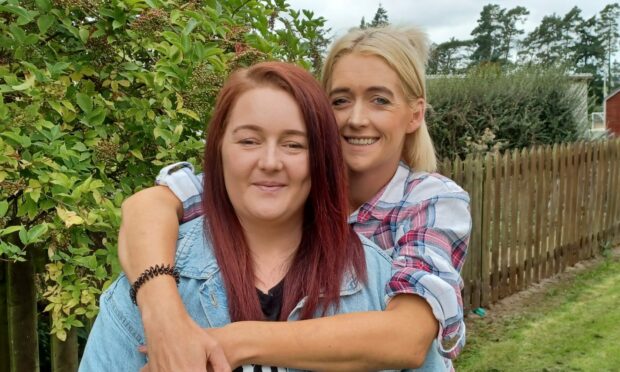

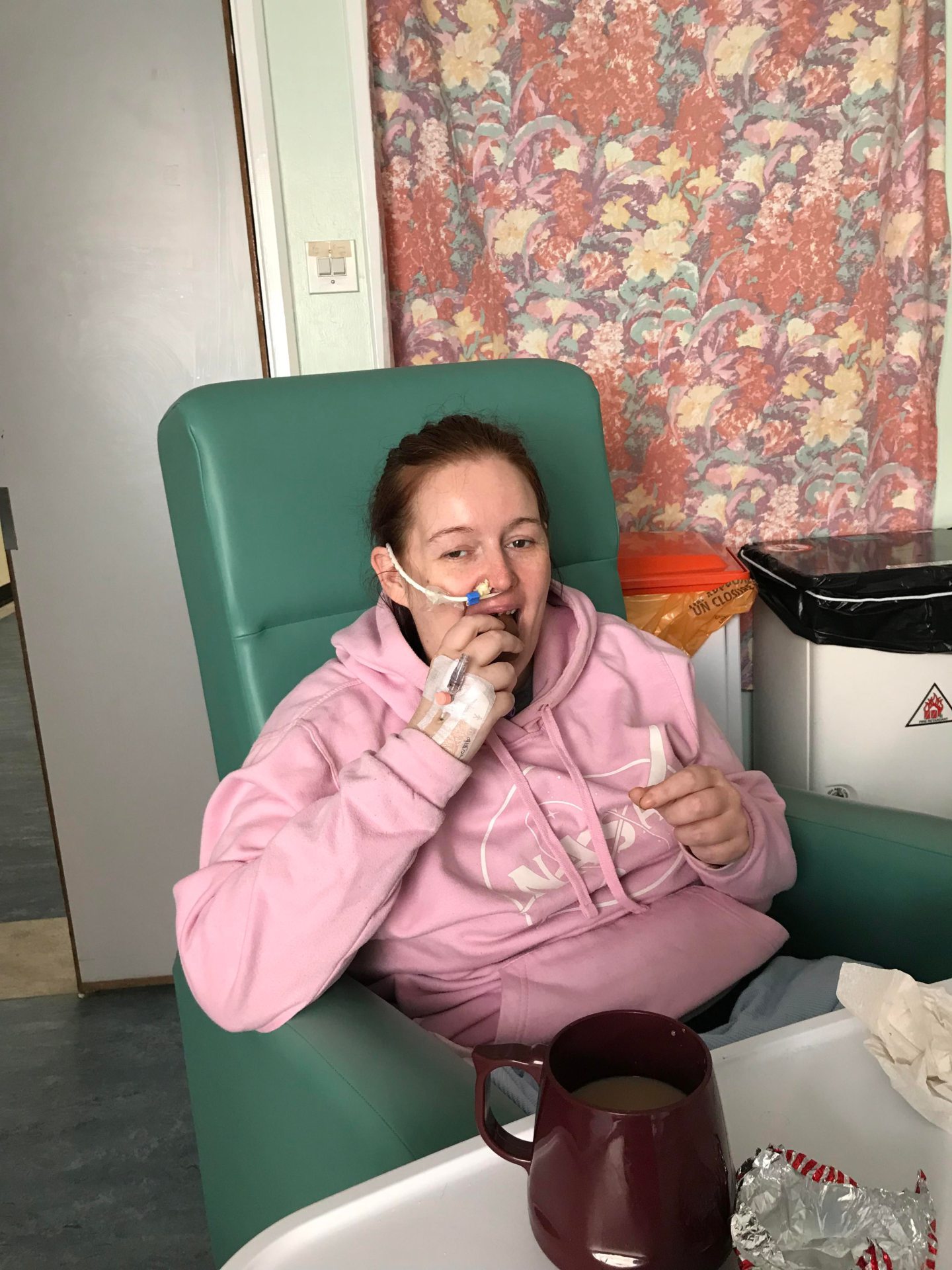

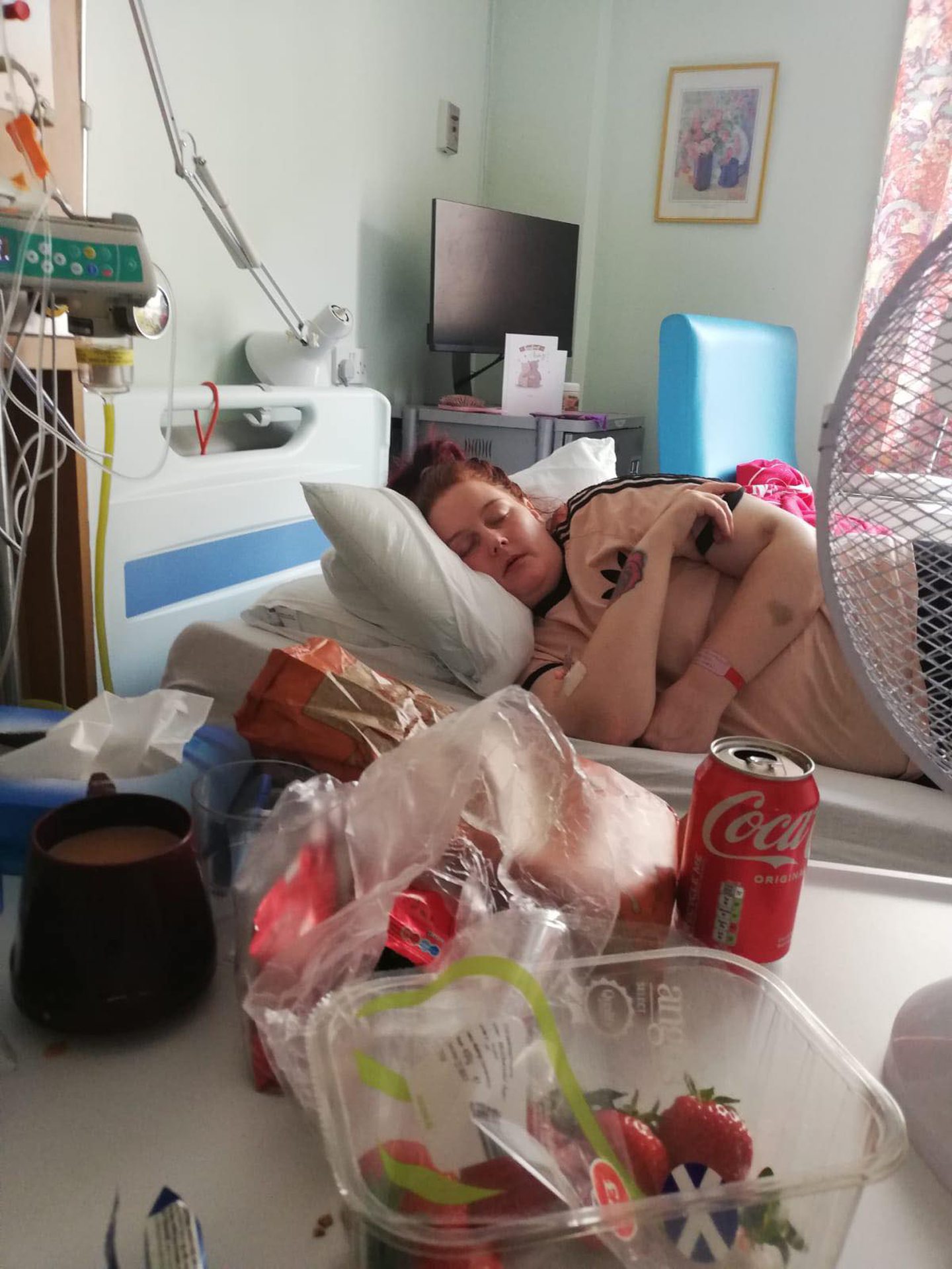



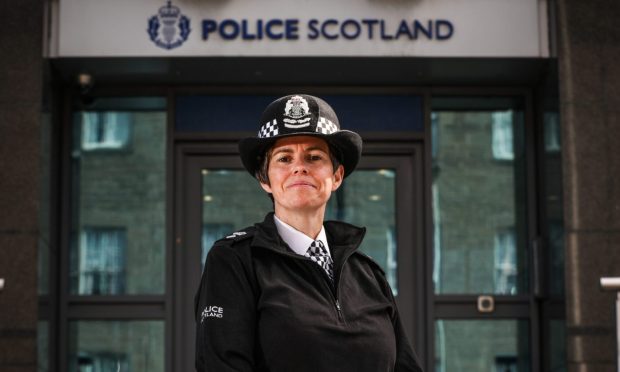
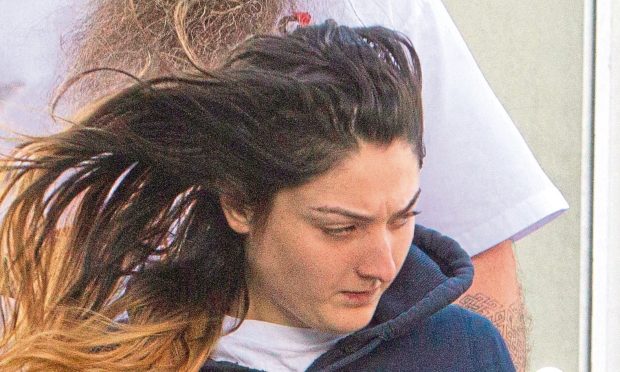
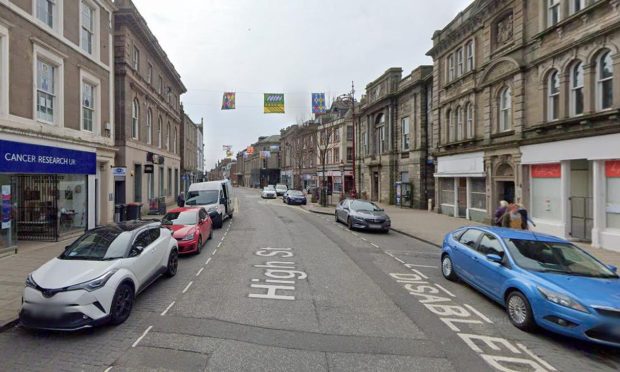


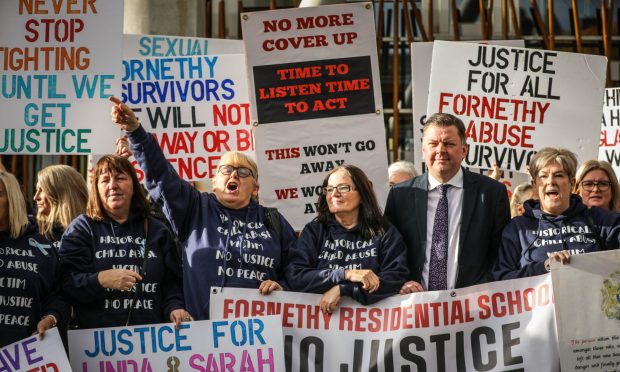

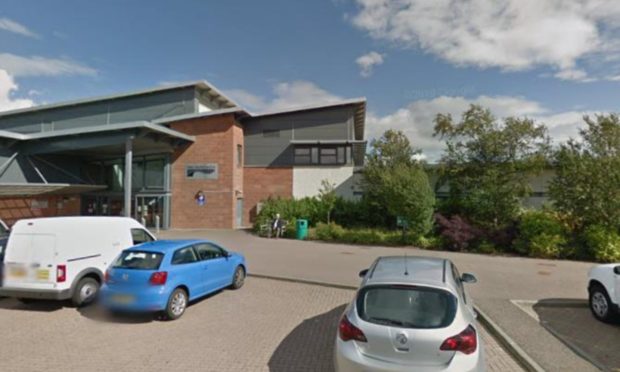
Conversation